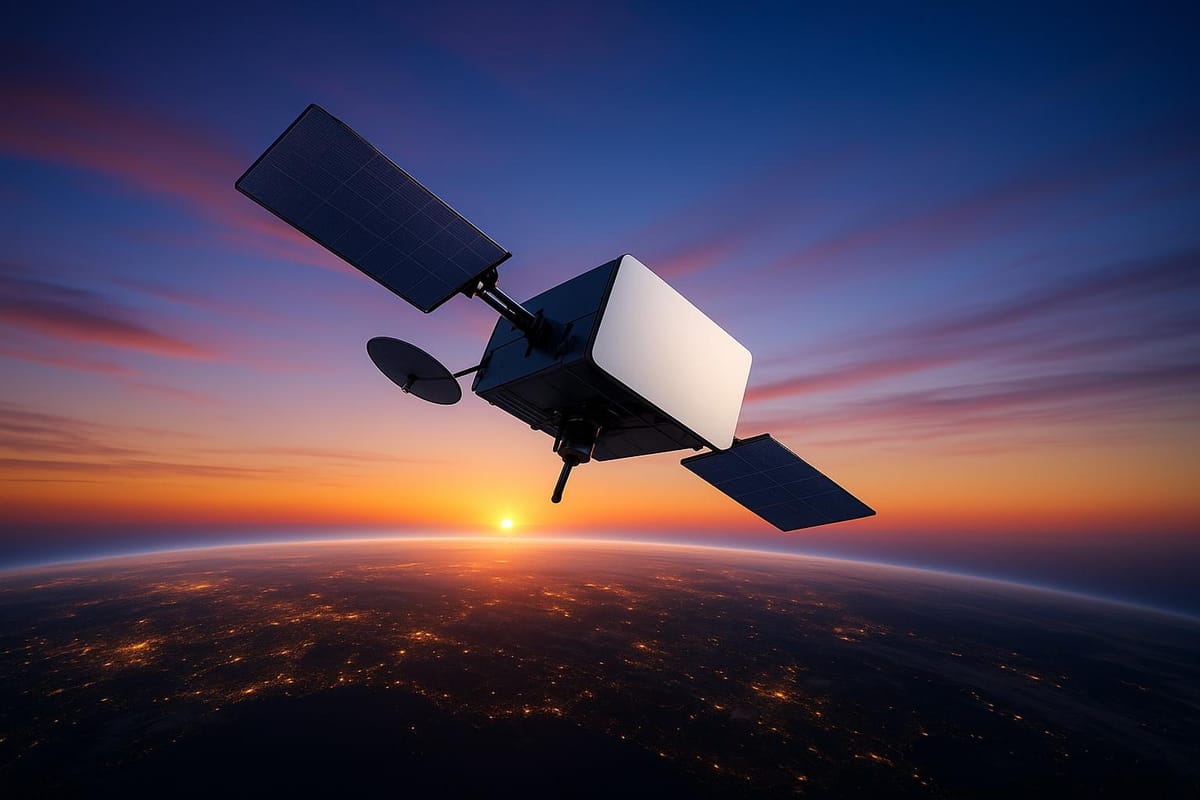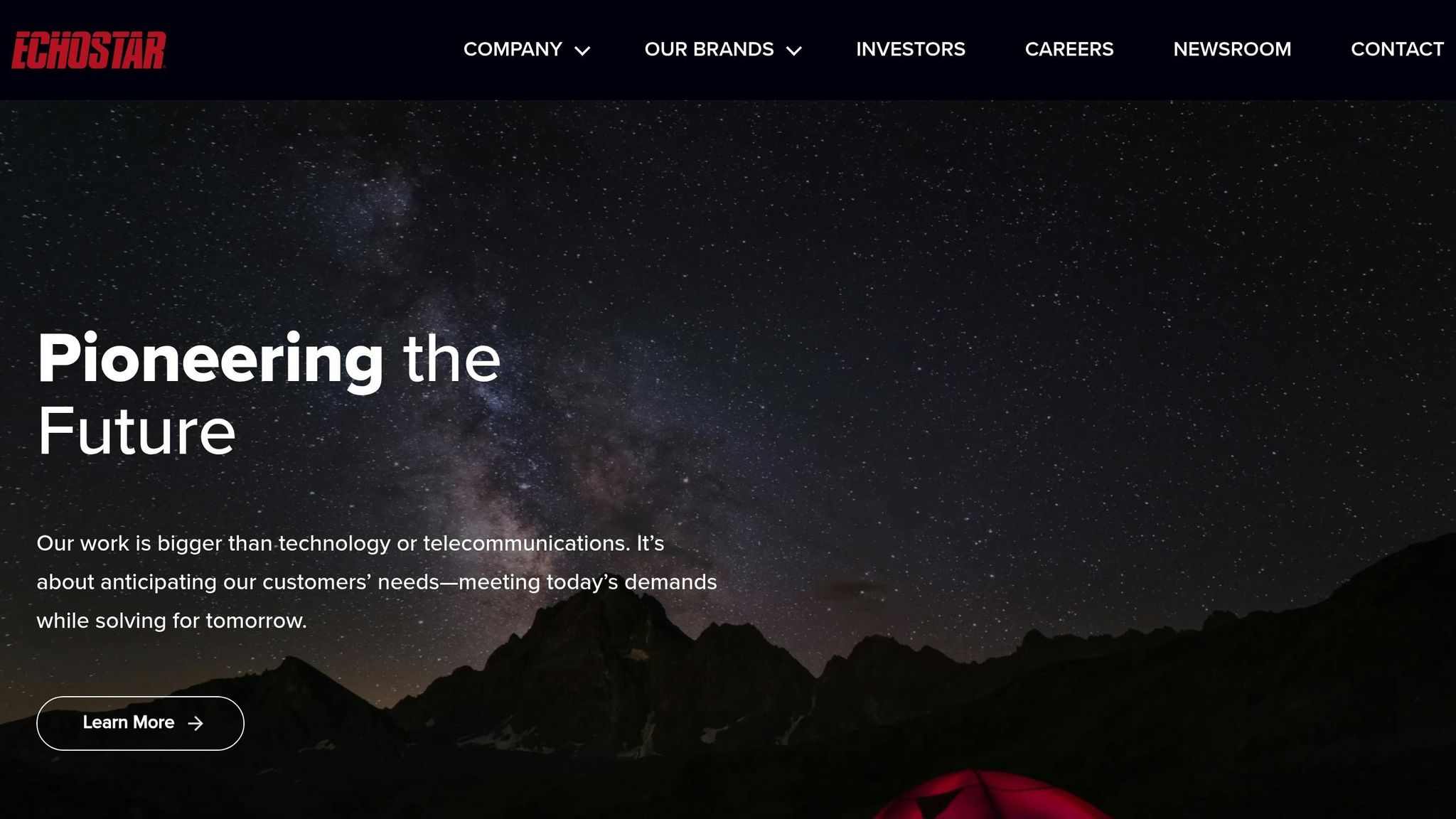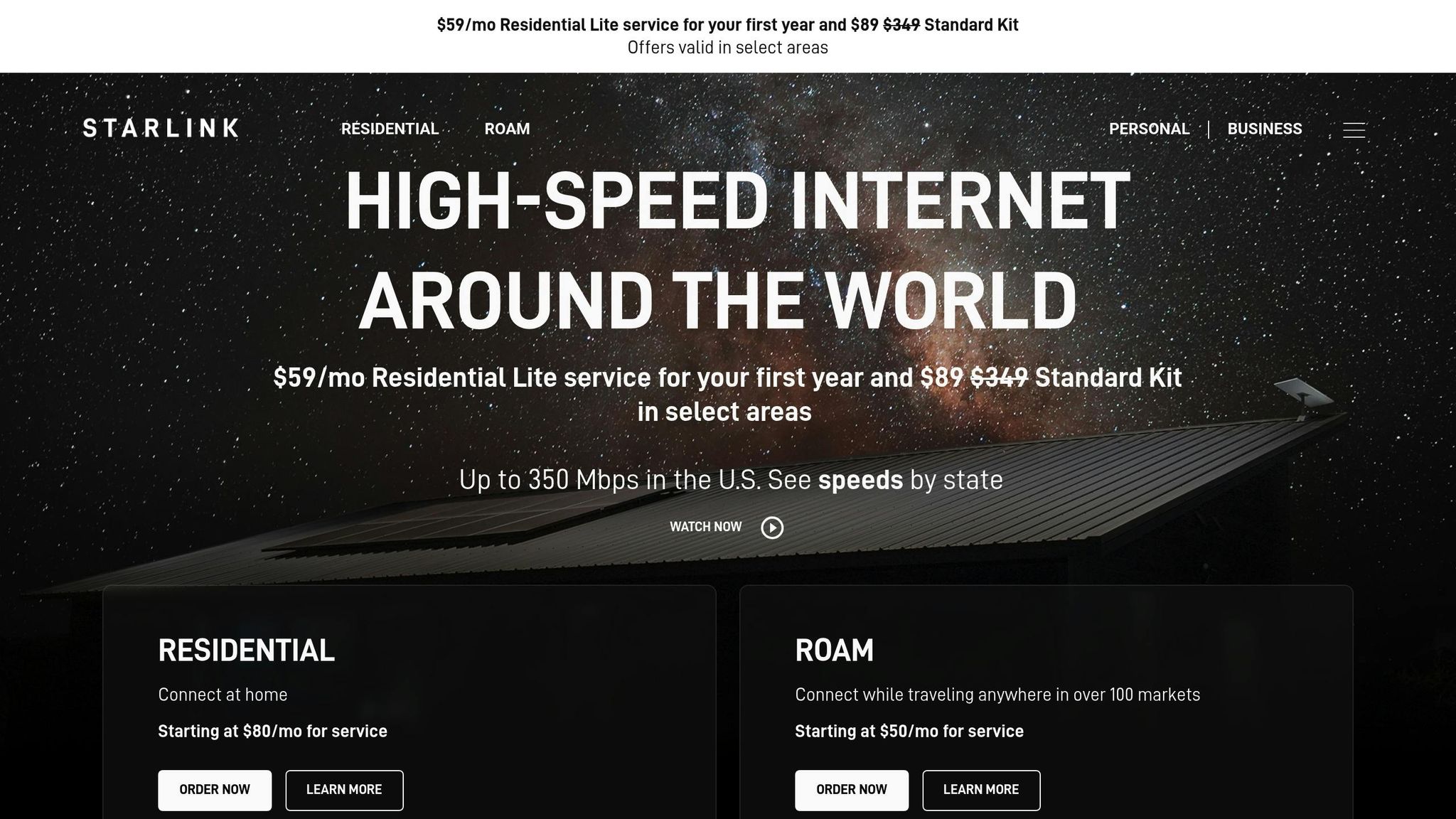How Starlink's EchoStar Deal Could Affect SpaceX IPO
Explore how the Starlink-EchoStar deal could reshape global telecom, boost SpaceX's IPO prospects, and impact the future of satellite technology.

In a world driven by innovation, SpaceX’s Starlink venture is proving to be a game-changer for global telecommunications. The $17 billion EchoStar spectrum acquisition has ignited conversations about what this deal means for SpaceX’s future, including its potential IPO, the broader telecom landscape, and Elon Musk’s vision of a connected, AI-driven world. This development marks a pivotal moment for aspiring and current retail investors looking to understand the interplay between private equity, technology, and financial growth.
Let’s break down how Starlink is poised to disrupt the telecom industry, what the EchoStar deal signifies, and how these advancements may influence SpaceX’s trajectory.
The EchoStar Acquisition Explained

The centerpiece of this transformation is SpaceX’s acquisition of critical spectrum rights from EchoStar. EchoStar, an older satellite telecom company, had been struggling to adapt to the age of low-Earth orbit (LEO) satellite constellations. SpaceX swooped in to acquire valuable spectrum rights for $17 billion - a move that significantly enhances Starlink’s ability to deliver direct satellite-to-phone communication.
The spectrum, referred to as S-band frequencies, is notable for its ability to penetrate buildings and dense tree cover better than higher frequencies commonly used for 5G networks. This means Starlink can bring high-speed connectivity to remote and semi-urban areas with minimal infrastructure investment.
Why does this matter? Spectrum rights are the lifeblood of telecommunications. Governments tightly regulate these frequencies, often redistributing them to ensure optimal use. SpaceX’s ability to acquire and utilize underperforming spectrum positions it as a dominant player in the telecommunications ecosystem while allowing EchoStar to salvage its position through SpaceX stock - a win-win for both companies.
Starlink’s Roadmap: From Satellites to Phones

During the recent All-In Summit, Elon Musk confirmed Starlink’s ambitious plans to support direct-to-mobile connectivity via its satellite network. Although modifications in both satellites and mobile hardware are necessary, the timeline for implementation is set within two years.
What’s Coming Next?
-
Direct Satellite-to-Phone Connectivity
Starlink plans to expand its reach by allowing mobile phones to connect directly to its satellites. This will eliminate the need for traditional cell towers in remote and underserved areas. -
Hardware Upgrades
Current smartphones lack the chipsets necessary to communicate with these frequencies. Starlink is collaborating with phone manufacturers to introduce compatible hardware within two years. -
Enhanced Performance with Gen 3 Satellites
Version 3 satellites, which are heavier and more capable, will soon launch aboard SpaceX’s Starship rocket. These satellites will significantly increase bandwidth, allowing Starlink to deliver 2G and 3G speeds globally by as early as 2024, with further advancements into 4G speeds expected by 2026. -
Unified Global Carrier Network
Musk outlined a vision where Starlink could serve as a single, seamless global carrier. This would effectively eliminate the need for traditional regional telecom providers. Imagine a world where your phone works anywhere without roaming charges - Starlink intends to make that a reality.
Starlink as a Path to SpaceX’s IPO

For years, investors have speculated about SpaceX spinning off Starlink into a publicly traded company. Musk has hinted that this could happen when Starlink achieves stable, predictable profitability. Analysts estimate this could occur as early as the second half of 2026.
Why an IPO Matters
An IPO would:
- Unlock Value: SpaceX is already valued at $400 billion, and a Starlink IPO could further inflate this valuation, potentially reaching trillions as Starlink scales.
- Offer New Opportunities for Retail Investors: This spin-off would allow individual investors to gain access to the rapidly growing satellite internet sector for the first time.
- Accelerate Innovation: With publicly available funds, Starlink could rapidly deploy new technologies and expand its network to dominate the global market.
The Big Picture: A Tech Ecosystem
Elon Musk’s ventures are increasingly interlinked, and Starlink will play a critical role in advancing his broader vision.
-
AI-Powered Devices
Starlink’s integration with future mobile hardware isn’t just about connectivity - it’s about enabling AI inference (on-device artificial intelligence). Musk has alluded to a future where Tesla’s AI chip (AI5 or AI5 Lite) will power phones, bots, and other devices, ensuring robust functionality even in remote areas. -
Enabling Global AI Infrastructure
Starlink’s network will likely support Musk’s AI ambitions via X.AI, his artificial intelligence company. By establishing a distributed, global network capable of AI inference, Starlink becomes a backbone for the next wave of AI-driven applications, from autonomous vehicles to robotics. -
Tesla and SpaceX Synergy
Starlink will enhance Tesla’s robo-taxi and Optimus bot operations by providing reliable, high-speed connections anywhere on Earth. Imagine Tesla vehicles and bots communicating seamlessly across vast distances, enabled by Starlink’s global coverage.
Implications for the Telecom Industry
Starlink’s rise poses an existential threat to traditional telecom companies. Legacy providers like Verizon and AT&T may struggle to compete with a global offering that’s faster, cheaper, and more accessible.
However, this doesn’t mean traditional carriers are obsolete. Many regional telecom providers may partner with Starlink to share spectrum and infrastructure, cutting costs while staying relevant in an increasingly competitive market.
Key Challenges for Rivals
- Investment at Scale: Achieving the scale and efficiency of SpaceX’s satellite launches is nearly impossible for most competitors.
- Outdated Spectrum Utilization: Traditional telecom companies risk losing their underutilized spectrum to governments or rivals like SpaceX.
The Financial Upside
Starlink’s financial projections are nothing short of staggering. It has already grown its customer base to 7 million users, with an estimated revenue of $15 billion. Here’s how the numbers may play out:
- 2024: If Starlink reaches 20 million users with $60 billion in revenue, it could generate $48 billion in profit, putting its valuation at $1.6 trillion.
- 2025–2026: A projected 100 million users would push profits to $400 billion, justifying a $10–16 trillion valuation.
- 2030 and Beyond: As Starlink expands into mobile phones, AI, and off-Earth applications, valuations may exceed $40 trillion.
Key Takeaways
- The EchoStar Deal Is a Game-Changer: SpaceX’s acquisition of S-band spectrum accelerates Starlink’s ability to provide satellite-to-phone connectivity, disrupting the telecom market.
- Starlink IPO Likely by 2026: SpaceX’s satellite-powered internet service could soon become a standalone public company, offering massive opportunities for investors.
- Tech Convergence: Starlink will integrate with other Musk ventures, such as Tesla and X.AI, to create a unified ecosystem for AI, robotics, and global communication.
- Telecoms Must Adapt or Die: Legacy carriers may partner with Starlink or lose relevance in an increasingly competitive and globalized market.
- Massive Financial Upside: With projected revenues and customer growth, Starlink could become one of the most valuable companies in history.
- Global Connectivity Revolution: From enabling 3G speeds in underserved markets to eliminating roaming fees, Starlink’s vision is transformative.
Conclusion
Starlink’s trajectory is emblematic of Elon Musk’s broader vision: to create a connected, AI-powered, and abundant future. With the EchoStar deal, SpaceX is poised to redefine how the world accesses information and communicates. For investors, this is more than just a financial opportunity - it’s a chance to participate in shaping the next era of technological evolution.
The party is coming to you. Are you ready to join it?
Source: "Elon's $17B Move: Starlink Phone to 3 BILLION Users by 2030 – Bigger Than iPhone & Facebook!" - Next Big Future, YouTube, Sep 11, 2025 - https://www.youtube.com/watch?v=ccqmwKwFHTA
Use: Embedded for reference. Brief quotes used for commentary/review.
Comments ()